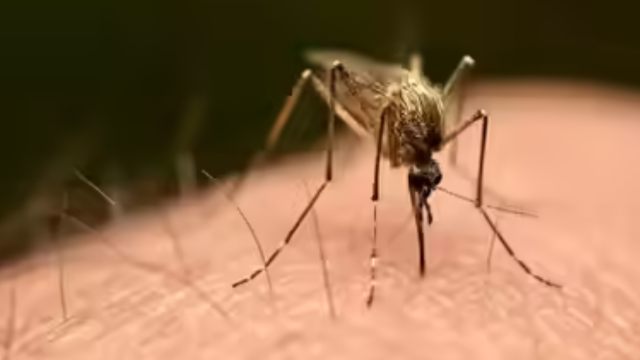October 16, 2025 : Health officials in New York have confirmed the state’s first locally acquired case of chikungunya virus, raising fresh concerns about mosquito-borne diseases spreading in new regions amid warmer temperatures. The New York State Department of Health announced that the infected person had no recent travel history, indicating the virus was transmitted within the state.
What is Chikungunya?
Chikungunya is a viral infection spread by Aedes mosquitoes, the same species responsible for transmitting dengue and Zika viruses. The name “chikungunya” comes from a word meaning “that which bends up,” referring to the severe joint pain often caused by the disease.
Common symptoms include:
- Sudden fever
- Severe joint pain (especially in the hands and feet)
- Headache, fatigue, and rash
While most people recover within a week, joint pain can sometimes persist for months. Severe cases are rare but can affect newborns, older adults, and people with underlying health conditions.
How Does It Spread?
The virus spreads when an infected mosquito bites a person and later bites someone else. Local transmission occurs when mosquitoes in the area pick up the virus from an infected person and continue the cycle.
Health experts say climate change, global travel, and urbanization are expanding the range of these mosquitoes, increasing the risk of outbreaks in regions like the U.S. Northeast.
Health Officials Respond
The state’s health department has stepped up mosquito surveillance and control measures, urging residents to take preventive steps. “This is a reminder that mosquito-borne diseases are not confined to tropical regions anymore,” said a department spokesperson.
How to Stay Safe:
- Use insect repellent containing DEET, picaridin, or oil of lemon eucalyptus.
- Wear long sleeves and pants when outdoors, especially at dawn and dusk.
- Eliminate standing water around homes (flower pots, gutters, bird baths) where mosquitoes breed.
- Keep windows and doors screened to prevent mosquitoes from entering.
- If you develop symptoms, see a doctor immediately and avoid mosquito exposure to prevent further spread.
Why This Matters:
Chikungunya was first identified in Africa in the 1950s and has since caused major outbreaks in Asia, the Americas, and parts of Europe. The New York case highlights growing public health challenges as mosquito-borne viruses appear in regions once considered low-risk.
Summary
New York confirms its first locally acquired chikungunya case, signaling possible local mosquito transmission. Health officials urge precautions like repellents and removing standing water to prevent further spread.


